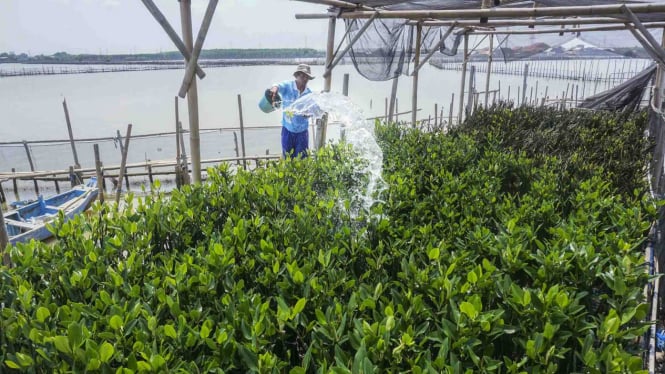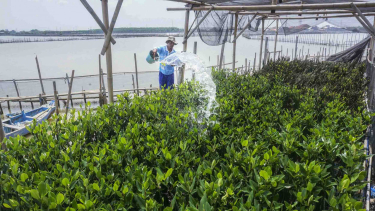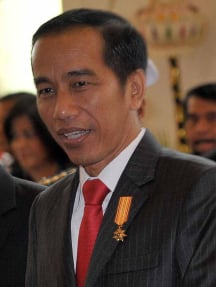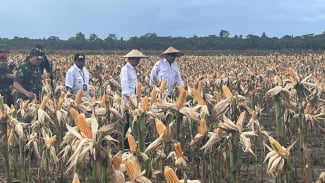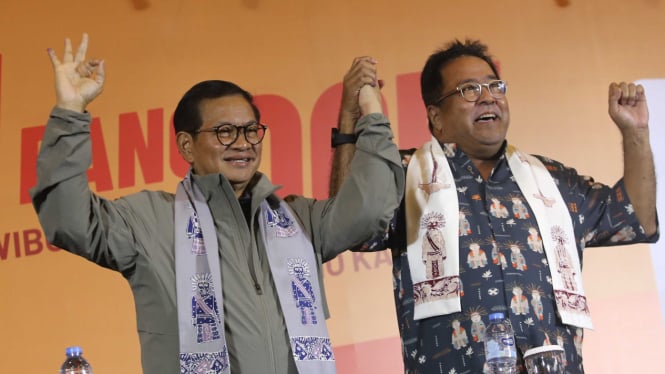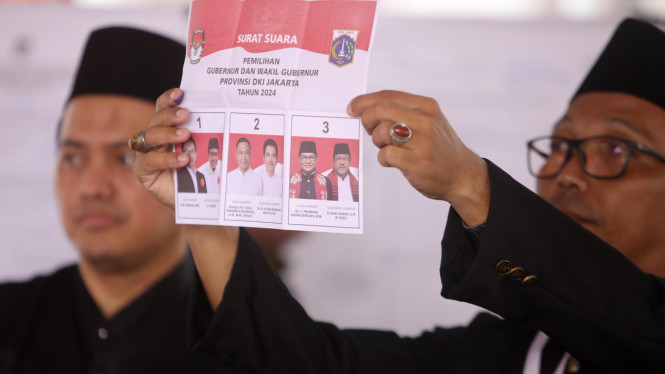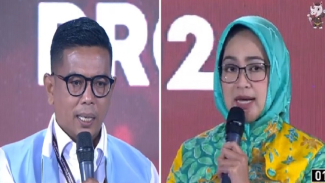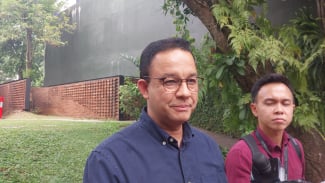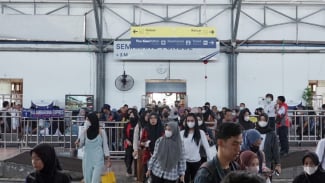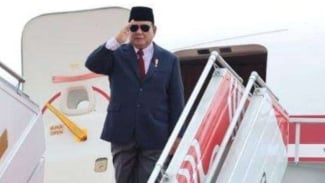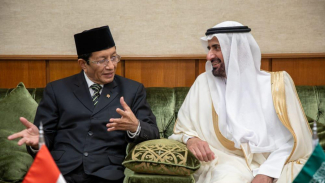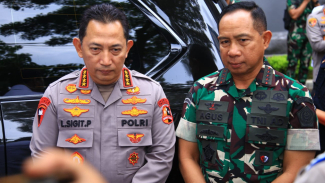Significant Progress in Indonesia’s Rural Transformation
- VIVA/Dhana Kencana
Jakarta, VIVA – Since the launch of the Village Fund (Dana Desa) program in 2015 under President Joko Widodo’s administration, Indonesia has witnessed remarkable progress in rural development.
Over the last decade, the number of self-sufficient villages (Desa Mandiri) has surged from just 174 to an impressive 17,203 villages. This shift highlights the government's commitment to building Indonesia from the margins.
Deputy Minister of Villages, Disadvantaged Regions, and Transmigration, Paiman Raharjo, noted that the government has disbursed a total of IDR 609.68 trillion to 75,265 villages across the country over the past ten years. The funding has transformed the status of many villages.
“The number of Developed Villages (Desa Maju) has increased from 3,608 to 23,063, and Self-Sufficient Villages have grown to 17,203,” Raharjo stated during a recent FMB9 forum titled A Decade of Building Indonesia to the Remote Areas.
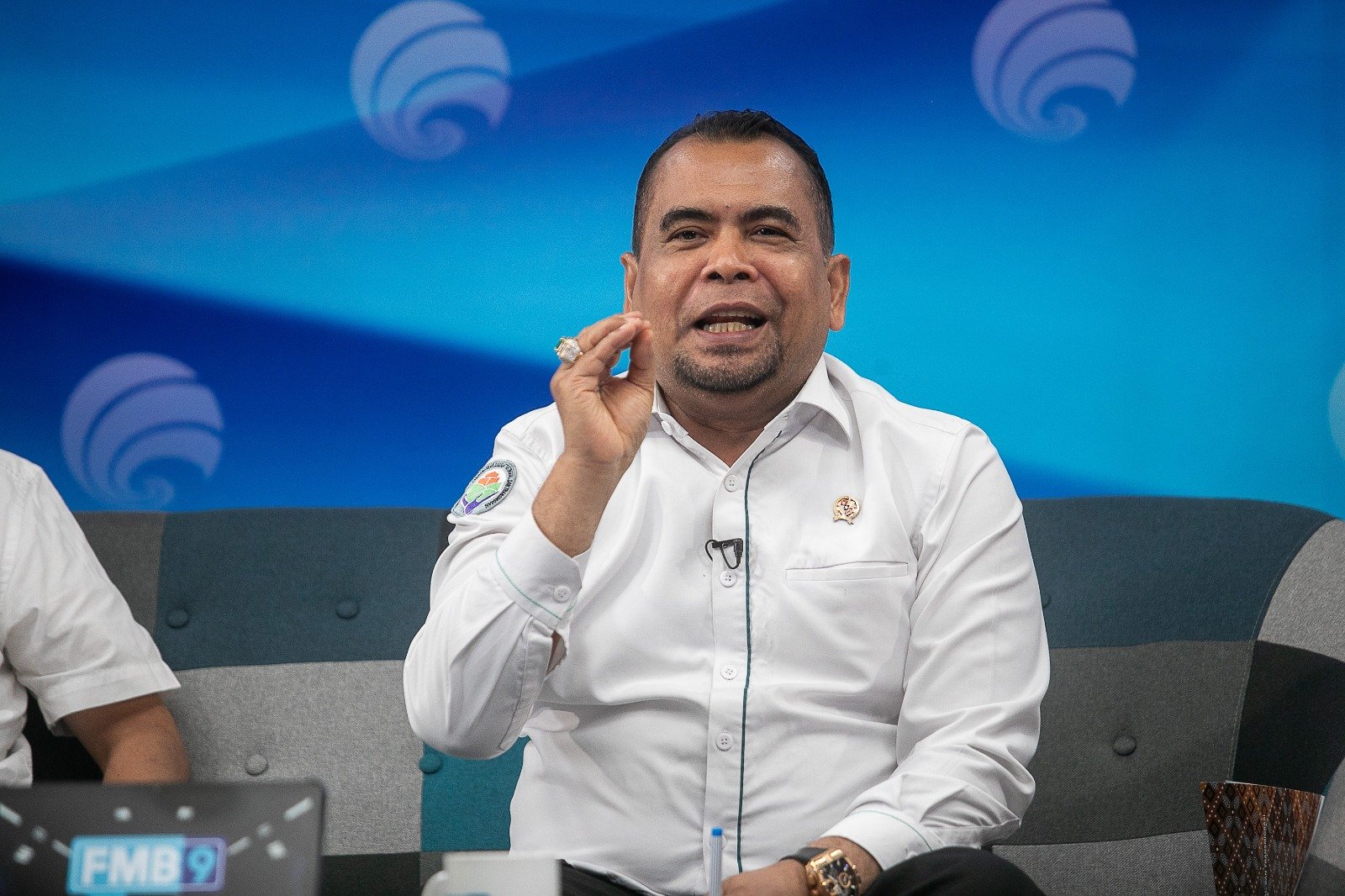
Not only has the program improved infrastructure, such as 366,000 kilometers of new village roads, but it has also boosted local economies through Village-Owned Enterprises (Bumdes).
Raharjo emphasized, “Through Dana Desa, villages that previously relied on agriculture have diversified into tourism, crafts, and local products."
The program has made a significant impact in regions like Malang, where 302 of 378 villages now hold Self-Sufficient status. Acting Secretary of Malang Regency, Nurman Ramdansyah, attributed this success to strong collaboration between local governments and village authorities.
Electrification in remote areas has also seen great progress, with 99.82% of villages across Indonesia now connected to the grid.
However, according to Lambas Richard Pasaribu, Executive Vice President of PLN’s Village Electrification Program, “around 12,000 villages and hamlets still need to be electrified by 2027.”
With over 17,000 self-sufficient villages and near-universal electrification, Indonesia has made notable strides in rural development under President Jokowi's leadership.

